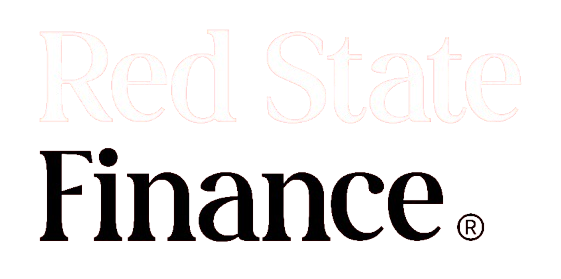With high-yield savings accounts delivering attractive interest rates, it’s been a good time for savers. But that golden era may be coming to an end as the Federal Reserve looks likely to cut interest rates soon. Investors who have been enjoying yields of 5% or more may need to explore other options to lock in today’s rates for the long haul.
Interest rates on high-yield savings accounts have been a significant draw, thanks to their ease of use and convenience. But with the Federal Reserve likely to start cutting rates as early as September, those favorable conditions might not last much longer. Markets and investors are anxiously awaiting Federal Reserve Chair Jerome Powell’s speech at the central bank’s annual conference in Jackson Hole, Wyoming, where he’s expected to shed more light on the Fed’s plans.
When the Fed does begin to lower rates, the impact on savers could be swift. Independent banking analyst Ken Tumin warns that most savings account holders could see interest rate cuts within a month. Some banks, such as Ally and Marcus, have already begun to slightly reduce their rates in anticipation. The motivation for banks is clear: when long-term lending rates are low, their profit margins are squeezed, prompting them to lower the rates they offer on deposits to contain costs.
As Tumin explains, “It’s always faster on the way down,” referring to how banks are quick to reduce rates when the Federal Reserve cuts the benchmark rate. Futures markets predict that savings-account rates could decline by about 2 percentage points over the next year. For investors, that would mean a reduction of roughly $200 in interest for every $10,000 deposited—a considerable loss for anyone who’s been relying on those higher yields.
Fortunately, there are several alternatives for savers looking to secure today’s attractive yields before they disappear.
CD Ladders: A Strategic Play
Certificates of deposit (CDs) present a compelling option for those who want to lock in current rates. According to DepositAccounts, top yields for six-month CDs are hovering around 5.25%, while three-year CDs offer rates in the 4.5% to 5% range. Unlike savings accounts, CDs allow investors to lock in these rates for the full term of the certificate.
The trade-off? Limited access to your money until the CD matures. For those concerned about liquidity, a CD ladder might be the solution. This strategy involves spreading your investment across multiple CDs with varying maturity dates. For example, if you have $25,000 to invest, you could put $5,000 into a six-month CD, another $5,000 into a one-year CD, and so on. As each CD matures, you can reinvest the funds or access them if needed, giving you both regular access to your cash and protection against declining rates.
However, CD ladders aren’t foolproof. If you need all your money at once due to an emergency, you’ll face penalties for early withdrawals. Still, for those willing to trade some flexibility for stability, CD ladders are a viable option in a potentially falling-rate environment.
No-Penalty CDs: Flexibility Meets Security
For those who prefer flexibility, no-penalty CDs offer a middle ground. These CDs let you lock in today’s rates without the typical penalties for early withdrawal. The catch? They usually offer slightly lower interest rates compared to standard CDs. For example, Marcus offers an 11-month no-penalty CD with a 4.7% APY, just shy of the 4.8% offered on its regular 12-month CD. Even so, both options outpace the 4.4% rate on the company’s savings accounts.
It’s important to note that no-penalty CDs come with their own limitations. Not all banks offer them, and those that do often provide limited term options, making them less suitable for creating a CD ladder. Additionally, unlike savings accounts, which allow partial withdrawals, no-penalty CDs require you to withdraw the entire balance if you need your funds early.
Treasury Notes and Bills: Backed by Uncle Sam
If you’re looking for safety and some tax advantages, U.S. Treasury notes and bills could be worth considering. Even Warren Buffett, the Oracle of Omaha, is a major holder of Treasury bills. Currently, six-month Treasury bills are yielding around 4.9%, while two-year Treasury notes offer about 3.9%. Though slightly below the rates of top CDs, Treasury securities come with unique benefits.
One advantage is liquidity. If you need access to your money before maturity, you can sell your Treasury notes in the secondary market, though you may need to transfer them to a bank or brokerage if you bought them through TreasuryDirect. The risk of selling at a loss is minimal, given that most market participants expect rates to decline, which would increase bond prices.
Moreover, Treasury notes and bills are exempt from state and local taxes, offering a tax edge over many other savings vehicles.
Conclusion: Time to Act
With the Federal Reserve poised to cut rates, savers should act now to protect their earnings. High-yield savings accounts have had their day, but smart investors will look to CDs, no-penalty CDs, and Treasury securities to lock in today’s favorable rates before they start slipping away. The financial landscape is shifting, and those who act swiftly will be best positioned to navigate the changes ahead.





